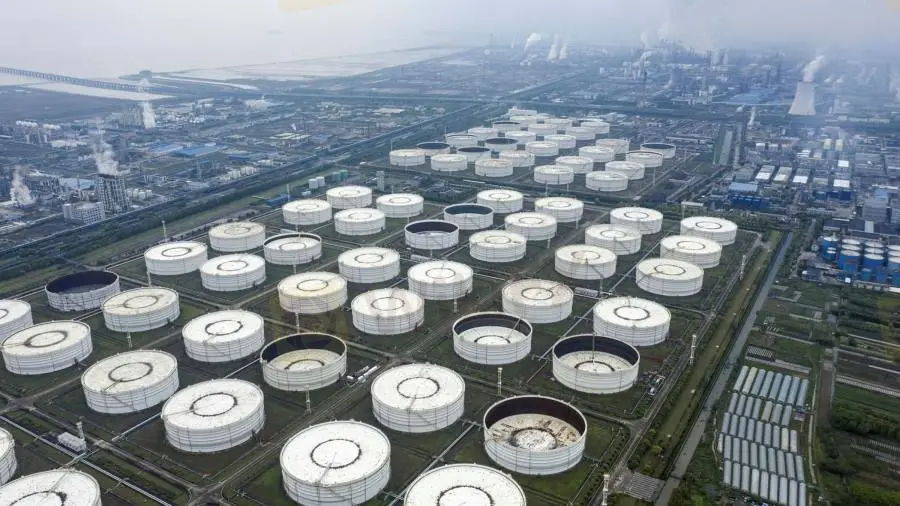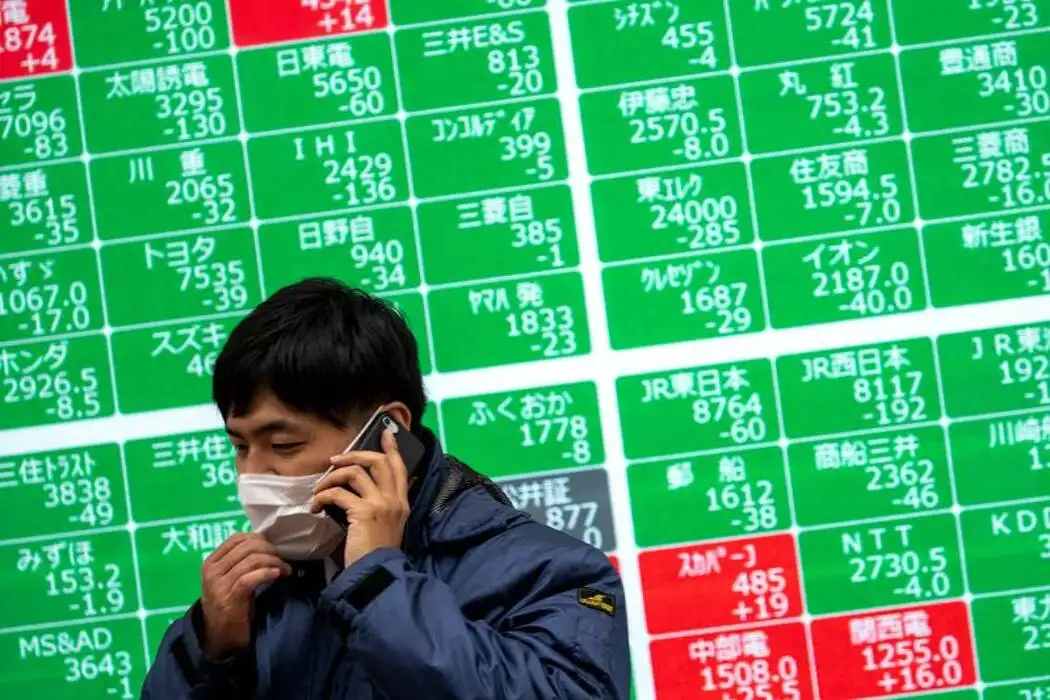简体中文
繁體中文
English
Pусский
日本語
ภาษาไทย
Tiếng Việt
Bahasa Indonesia
Español
हिन्दी
Filippiiniläinen
Français
Deutsch
Português
Türkçe
한국어
العربية
Oil Trades Near $80 as Global Power Crisis Set to Boost Demand
Abstract:Oil steadied near the psychological $80-a-barrel mark as a global power crunch rattled the market while OPEC+ output has been slow to ramp up.

Oil steadied near the psychological $80-a-barrel mark as a global power crunch rattled the market while OPEC+ output has been slow to ramp up.
West Texas Intermediate futures climbed 0.7% in New York after topping the key price level on Friday for the first time since November 2014. From Asia to Europe, the prices of heating fuels such as coal and natural gas are surging as stockpiles run low ahead of the winter season, prompting a switch to products such as diesel and kerosene.
Crude has gained more than 60% this year as the roll-out of Covid-19 vaccines lifted movement curbs and, subsequently, oil demand. While the Organization of Petroleum Exporting Countries and its allies have pledged to return more withheld supplies to market, the increase is likely to lag rising consumption of transport and heating fuels during the upcoming winter months.
Saudi Aramco (SE:2222) estimates the gas crisis has already increased oil demand by around 500,000 barrels a day, while Goldman Sachs Group Inc (NYSE:GS). sees consumption climbing even higher. Concerns further compounded after the U.S. Energy Department said it had no plans “at this time” to tap the nations oil reserves.
The coming weeks will be decisive for Irans nuclear program, German Chancellor Angela Merkel said, urging Tehran to come back to the negotiating table as stalled talks with world powers hang in the balance. A swift resolution to the stand-off is unlikely after the last round of talks ended inconclusively in June with no date set for the next one, keeping millions of barrels away from most international buyers.
Meanwhile, economists at Goldman cut their forecasts for U.S. growth this year and next, blaming a delayed recovery in consumer spending. The bank said in a report that it now expects growth of 5.6% on an annual basis in 2021 versus their previous estimate of 5.7%, and 4% next year, down from 4.4%.

Disclaimer:
The views in this article only represent the author's personal views, and do not constitute investment advice on this platform. This platform does not guarantee the accuracy, completeness and timeliness of the information in the article, and will not be liable for any loss caused by the use of or reliance on the information in the article.
Read more

GemForex | Crude Oil (WTI)
Crude Oil (WTI) - Rebound in the offing?

Oil inches higher as OPEC meetings continue
A stronger than expected payroll report last Friday pushed equity markets to another all-time high. The U.S. economy added 850,000 new jobs during June when the consensus expected 700,000. Whilst the headline number looks good, there’s plenty to be worried about under the hood, as the new jobs are mostly in those sectors of the economy that have reopened. For instance, the leisure and hospitality sectors added 343,000 new jobs, education around 269,000, and the retail sector 67,000. These add up to around 80% of the total; this is great at first glance but not in the long run since these sectors do not drive the productivity or wage growth required for sustainable expansion. In particular, the U.S. economy is 70% consumer driven, which emphasizes the importance of a healthy and wealthy labor market. With the country still 7 million jobs short of pre-pandemic levels and most of the recovery happening in low-paying and low-productivity sectors, there is still a long way to go before the

Oil Countdown: With 48 Hours To OPEC Meeting, Where Are Prices Headed?
It’s the answer every oil trader is seeking, yet will likely get with only a certain degree of accuracy. With about two days left until the all-important ministerial meeting of OPEC+, few things are more crucial than figuring out where oil will be trading before the world alliance of oil producers lays down its policy decisions for December. Dozens of ideas abound on crude prices over the next 48 hours, with as many theories on why they should be so

Oil and euro slip, markets on edge over COVID-19 curbs in Europe
Asian stocks made a soft start to the week on Monday while oil and the euro were under pressure, as the return of COVID-19 restrictions in Europe and talk about hastened tapering from the U.S. Federal Reserve put investors on guard.
WikiFX Broker
Latest News
Volkswagen agrees deal to avoid Germany plant closures
Geopolitical Events: What They Are & Their Impact?
Top 10 Trading Indicators Every Forex Trader Should Know
TradingView Launches Liquidity Analysis Tool DEX Screener
MultiBank Group Wins Big at Traders Fair Hong Kong 2024
WikiEXPO Global Expert Interview: Simone Martin—— Exploring Financial Regulation Change
'Young investors make investment decisions impulsively to keep up with current trends' FCA Reveals
Why Do You Feel Scared During Trade Execution?
CySEC Settles Compliance Case with Fxview Operator Charlgate Ltd
Malaysian Influencer Detained in Taiwan Over Alleged Role in Fraud Scheme
Currency Calculator


